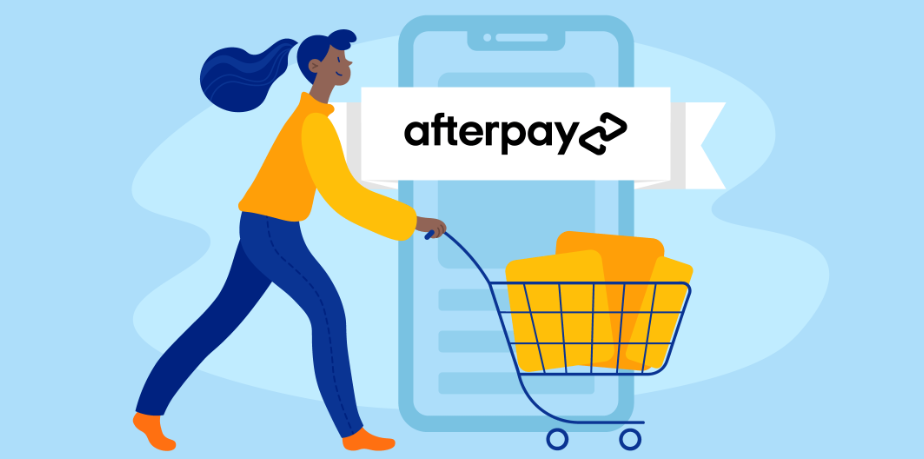How Does Afterpay Make Money From Selling on the Internet? Are you looking for a way to make money from selling on the Internet? Using the afterpay system, you can earn a commission on each sale. However, there are some things you need to know about the system and its fees.
How Does Afterpay Make Money?
Afterpay is a payment service that allows consumers to make purchases over a six week period and pay for them later. The service is aimed at increasing sales and conversion rates. However, the service’s fees are more expensive than those of other payment solutions.
For instance, Afterpay is not only charging customers a transaction fee of $0.30 per purchase, but it is also charging merchants a commission of 4-6%. On top of that, the company charges late fees of $10 if payments are missed.
To make its money, Afterpay uses a variety of tactics, including social media marketing and advertising. It also uses Intellectual Property, including product listings, in its marketing efforts.
As of 2021, Afterpay had a net margin of $434.1 million. In addition, the company has two subsidiaries: Clearpay and Pagantis. These companies help Afterpay earn its revenue through merchant fees.
The company’s other revenue-generating techniques include marketing, advertising, and affiliate network marketing. But, while Afterpay may be a good option for many businesses, its fees can be a bit of a headache for merchants.
Late fees
Afterpay is one of the most popular payment alternatives online. It provides the convenience of a credit card with the advantage of interest free financing. However, its fees can be hefty. You could end up paying $160 for a pair of pants.

The fee for Afterpay depends on the merchant’s sales volume. If the merchant sells high priced goods, the fee may be lower. In addition to the fee, the merchant pays a commission between 3 and 7%. This commission is calculated on each transaction and varies according to the volume of transactions.
Late fees also play a role in generating revenue for Afterpay. When a consumer misses a payment, Afterpay charges a $10 late fee. Thereafter, an additional $7 fee will be applied if the payment is not paid within seven days.
Late fees can be quite expensive for purchases that are not that large. Moreover, there are many online complaints about Afterpay, which usually focus on problems related to the delivery of products and refunds.
Affiliate commission
When it comes to affiliate programs, fashion is a big kahuna in the industry. In fact, there are over a dozen programs that target this market, many of which will be launched in the coming months. These include Shein, IceOnline, Nordstrom, and Target. Some programs even go the extra mile by introducing special promotions like free shipping for newbies and other perks for long-time members.
The company is best known for its cost-effective, high-quality goods and services, but it also manages a stellar customer service team. If that wasn’t enough, the company boasts a slew of top notch marketing tools, including a stellar affiliate program. For instance, the company’s most successful affiliates receive a nice sized check each month. And that’s on top of the commission they receive in the actual store.
However, the company’s main business is still retail. In 2016, Afterpay grew 140% year over year to reach over 300 merchants. While Afterpay isn’t exactly a household name in Australia, they are one of the most promising startup companies on the block.
Brands that have integrated afterpay in their stores
A buy-now-pay-later service is one of the fastest-growing markets in consumer finance. It is a convenient alternative to traditional credit cards. Several top brands now use Afterpay in their stores.
The payment option is easy to integrate with major eCommerce store providers. Afterpay’s API and JavaScript code are available for developers. Once merchants have created a sandbox testing environment, the merchant can move the custom checkout option to their live site.
Afterpay’s purchase now, pay later system is very popular with millennials. Unlike traditional credit cards, Afterpay does not charge interest, and customers can choose to pay in four installments.
Besides providing an easier payment method for consumers, Afterpay helps increase sales and reduces shopping cart abandonment. In North America and Europe, nearly 15 million active customers use Afterpay. However, the service has expanded internationally.
Merchants who use Afterpay are offered an affiliate commission. Their fee is calculated on a percentage of the value of the order. This commission ranges from six percent to four percent of the purchase price.





